The Indian ‘Namaste’
The phrase ‘namaste’ is used often in Western culture, ushered at the end of yoga classes and pasted onto t-shirts sold in big-brand stores. However, the history of the gesture dates back several thousands of years, first originating in India.
The Sanskrit term means to ‘bend or bow to you’. When used in greeting, a person bows the head ever-so-slightly with their hands together in prayer. This translates to ‘the Divine with me bows to the same Divine within you.’ The gesture is considered as a mark of respect and gratitude.
It’s believed that the movement also protects the individual who’s performing it. By folding your hands together, your energy is safe and protected.
As well as in India, the motion is widely used in the parts of Southeast Asia where Indian religions are widespread and strong.
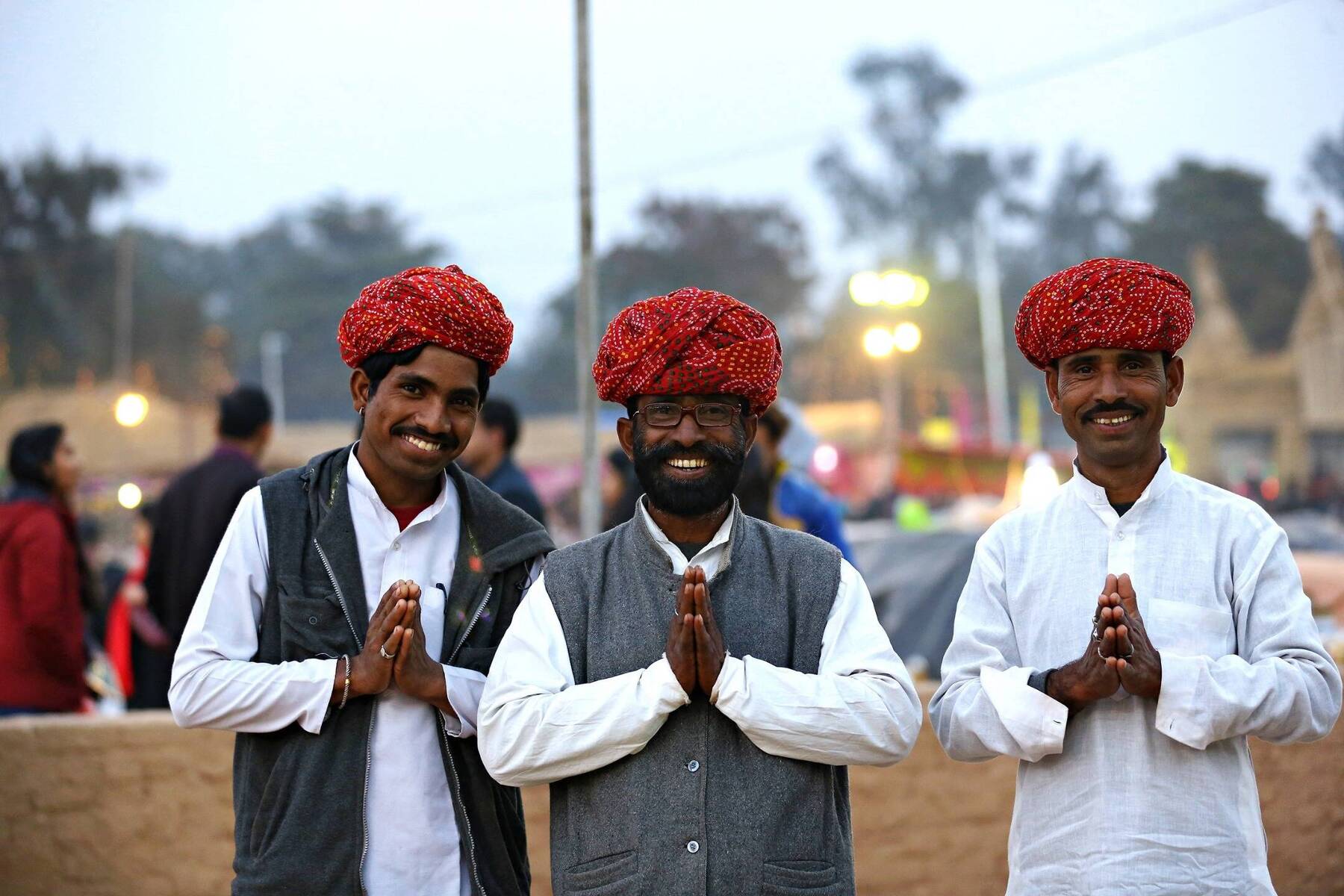
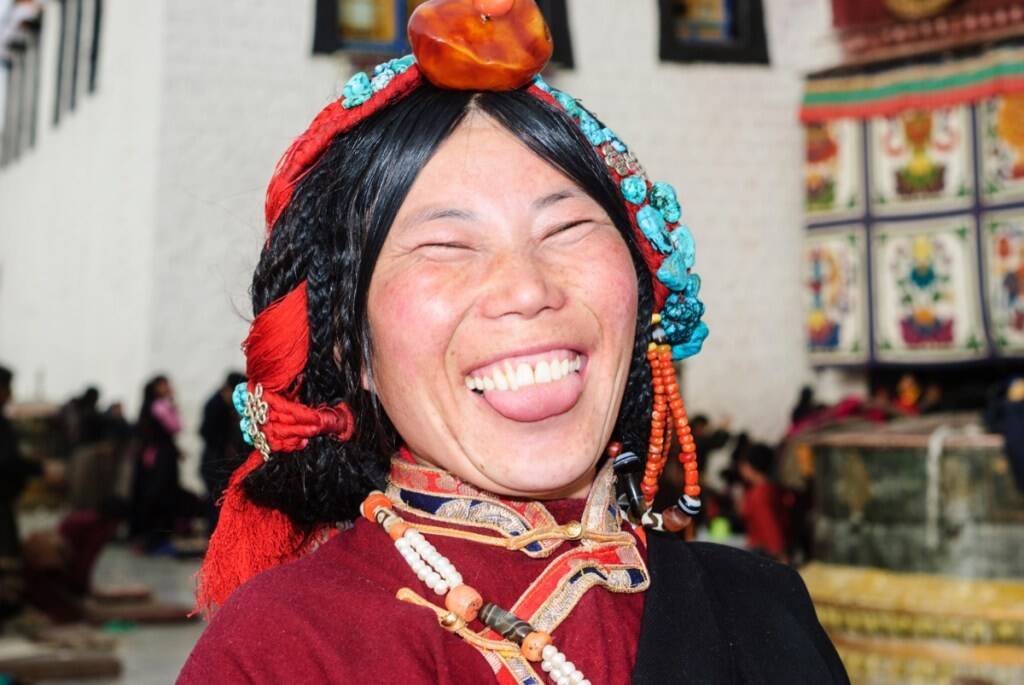


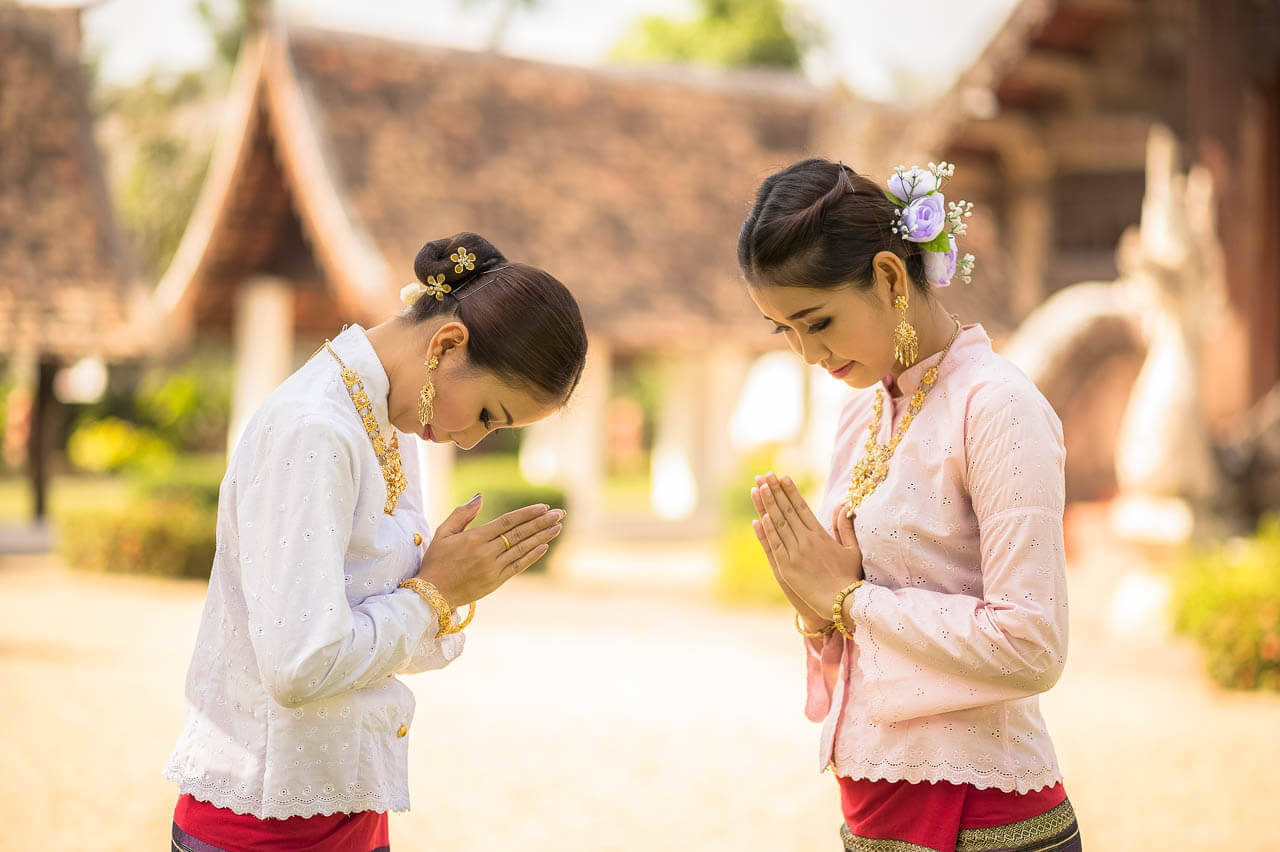
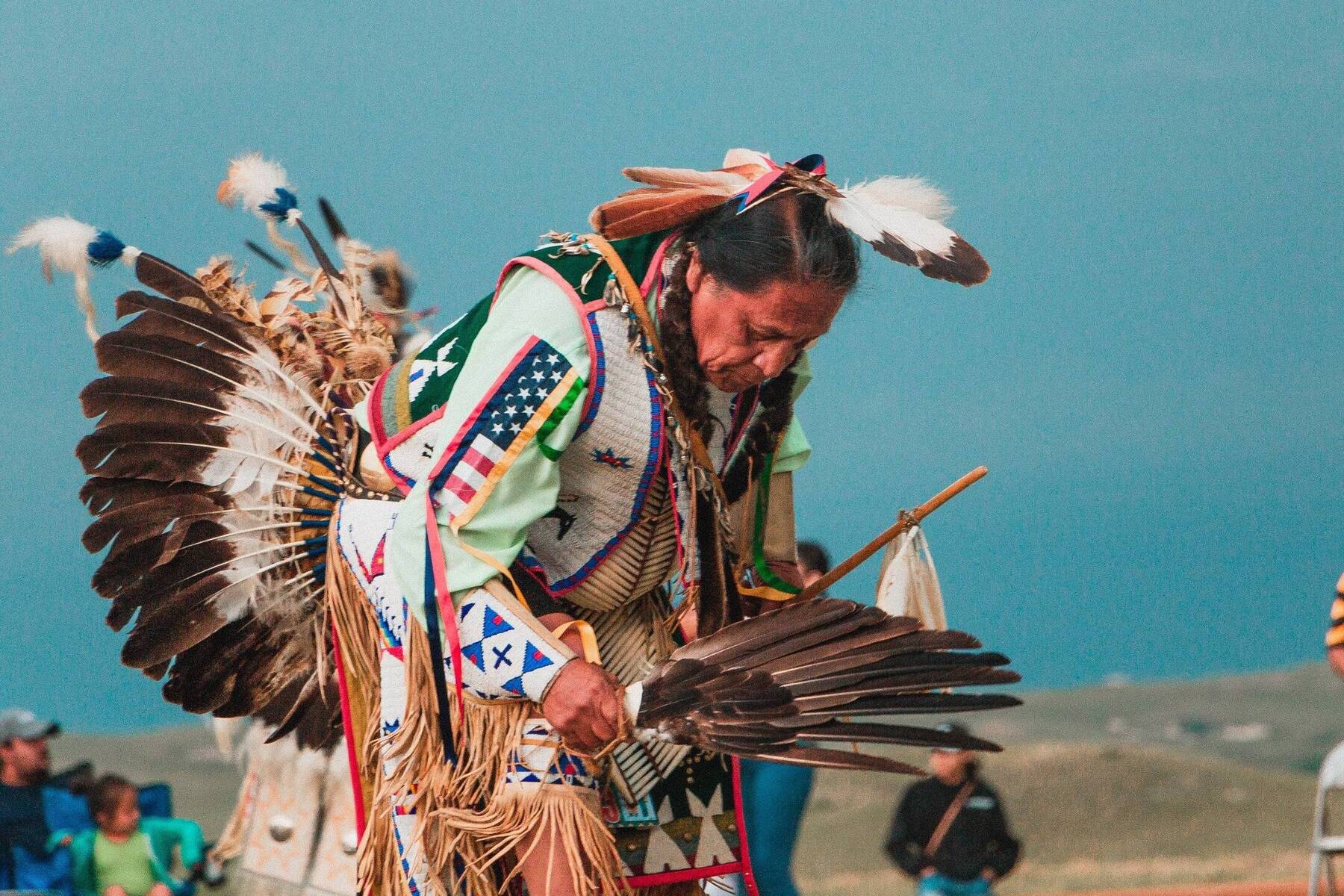
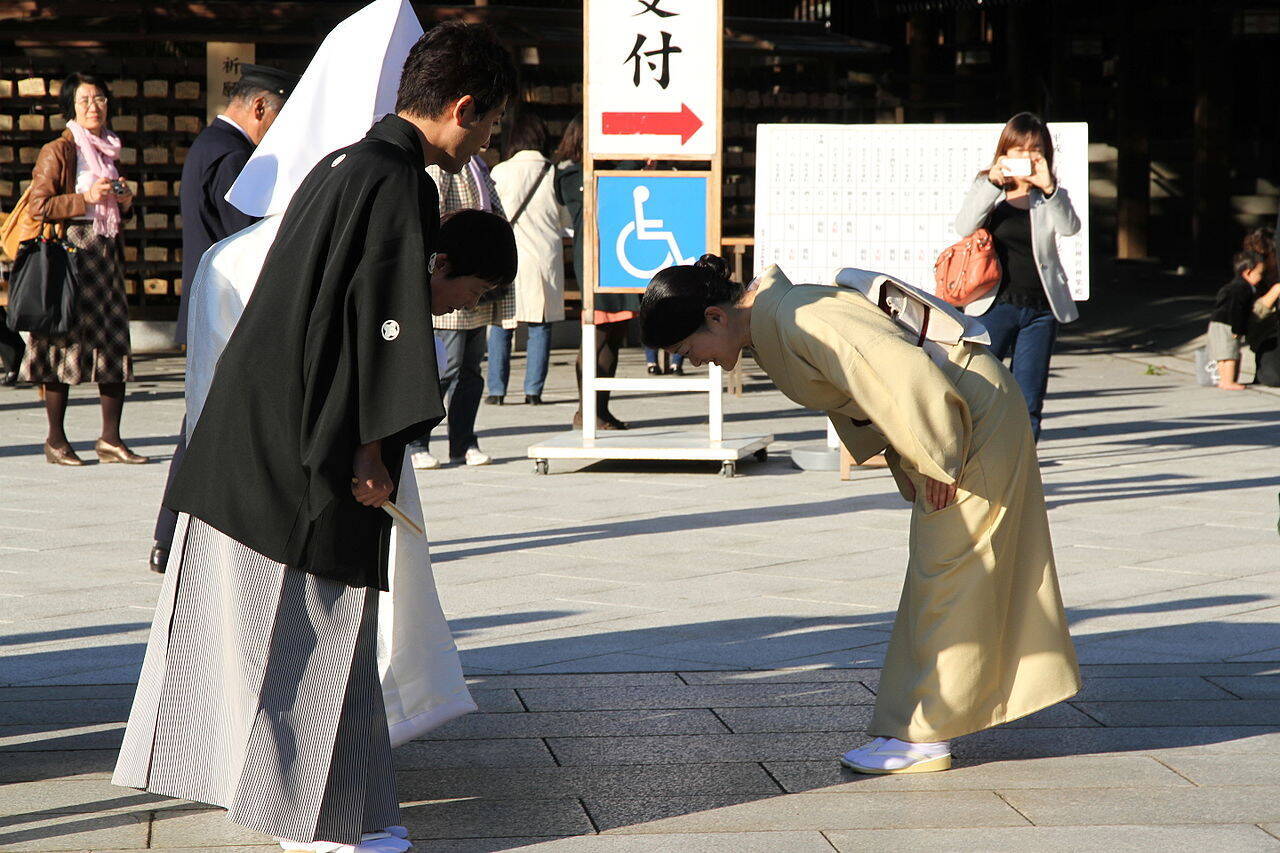




Comments